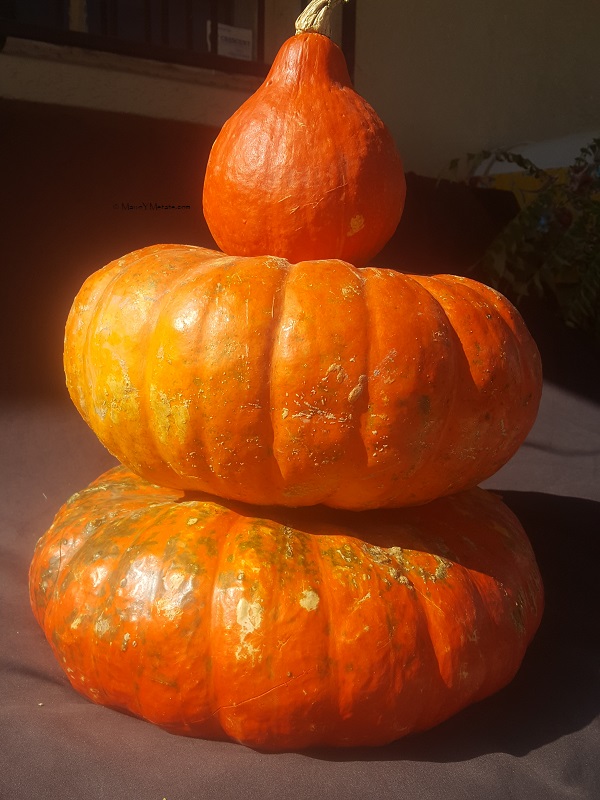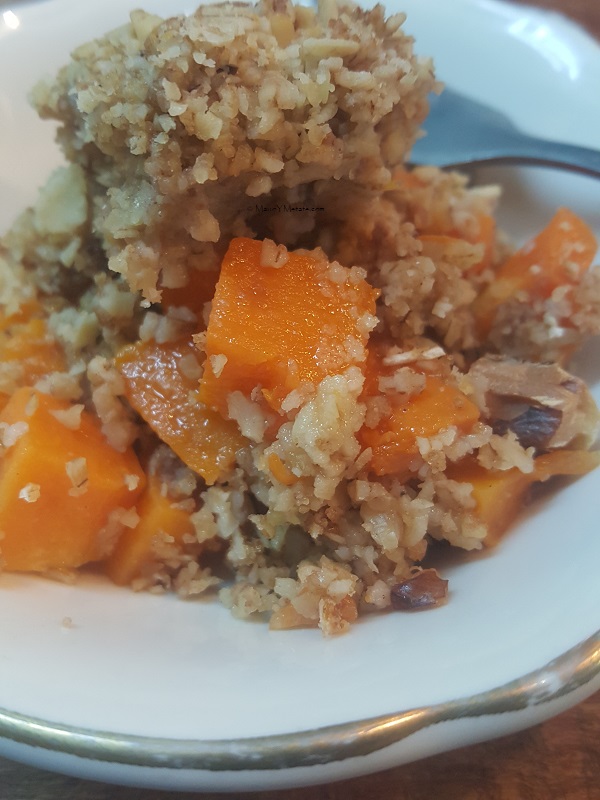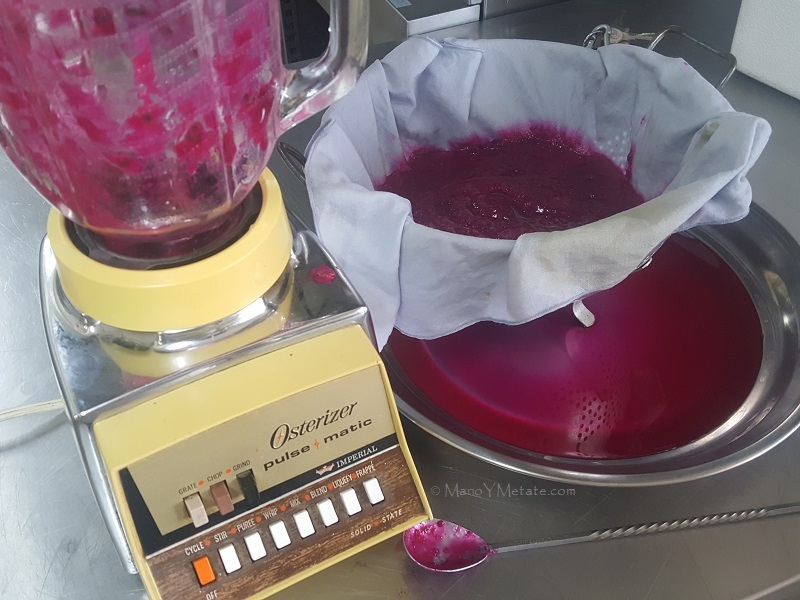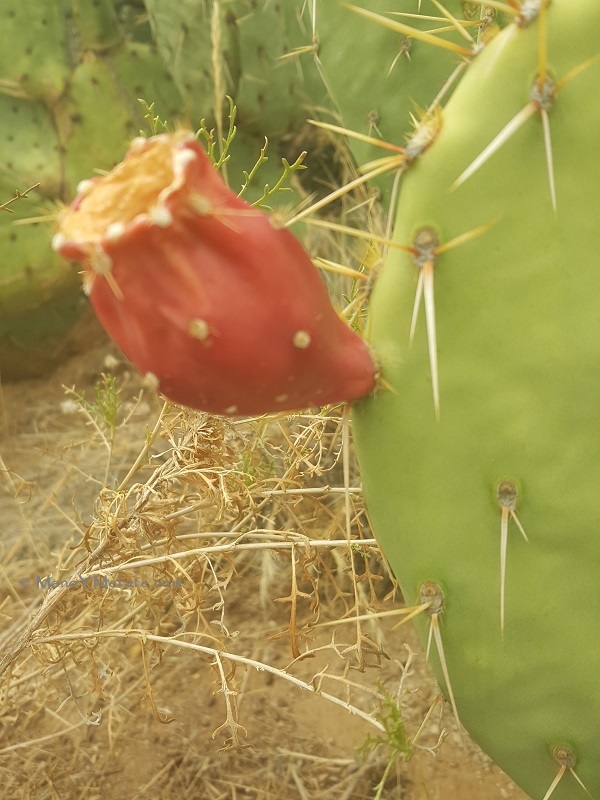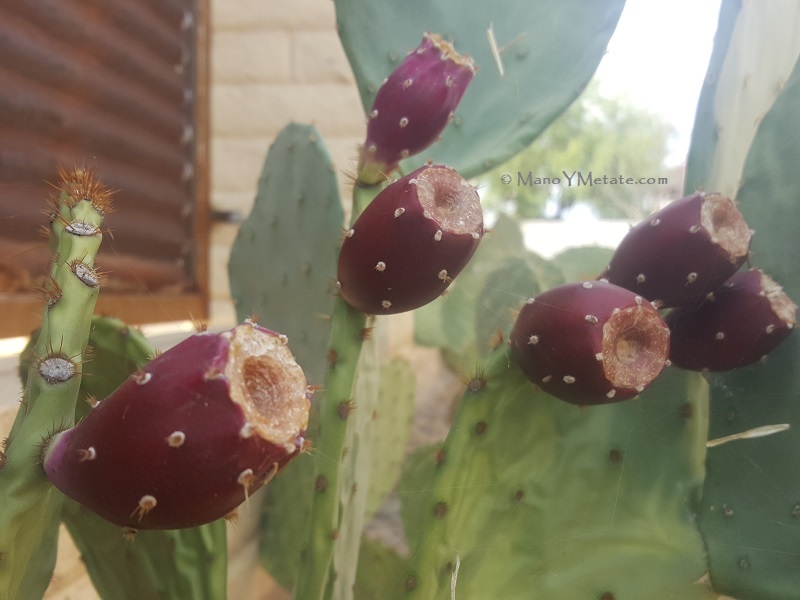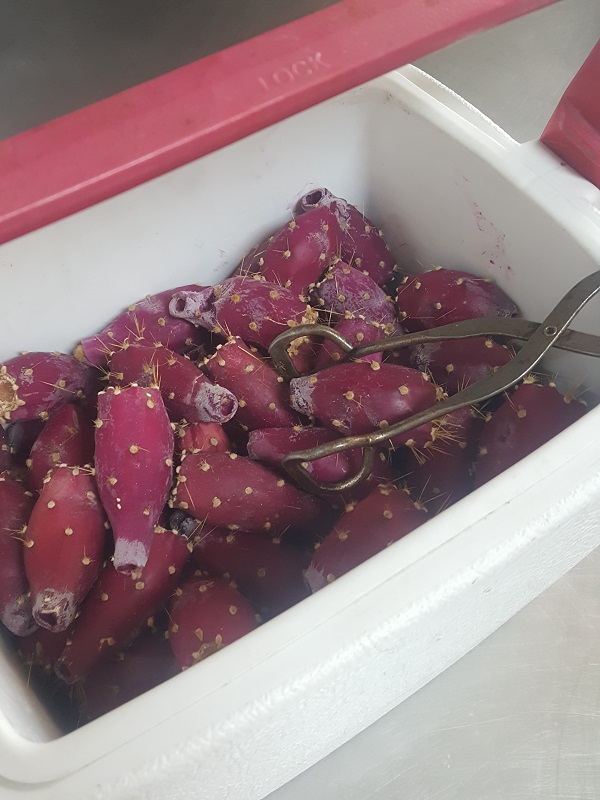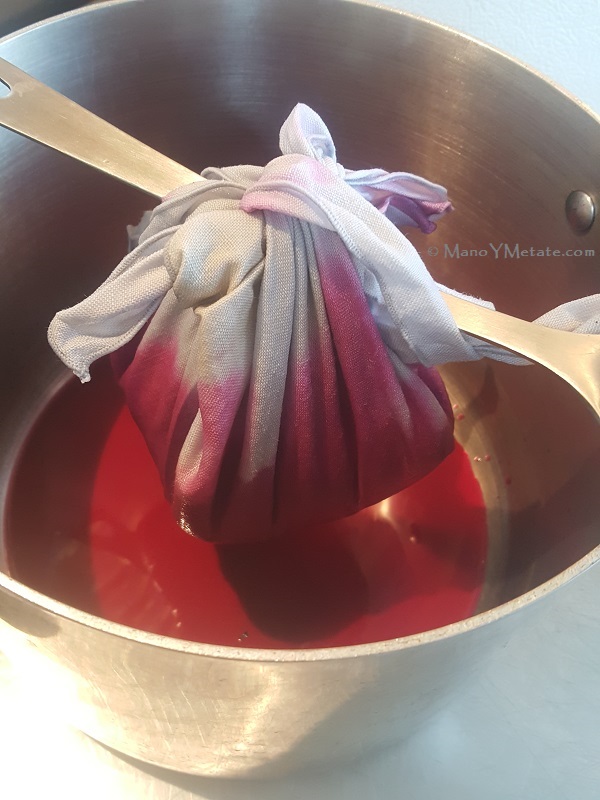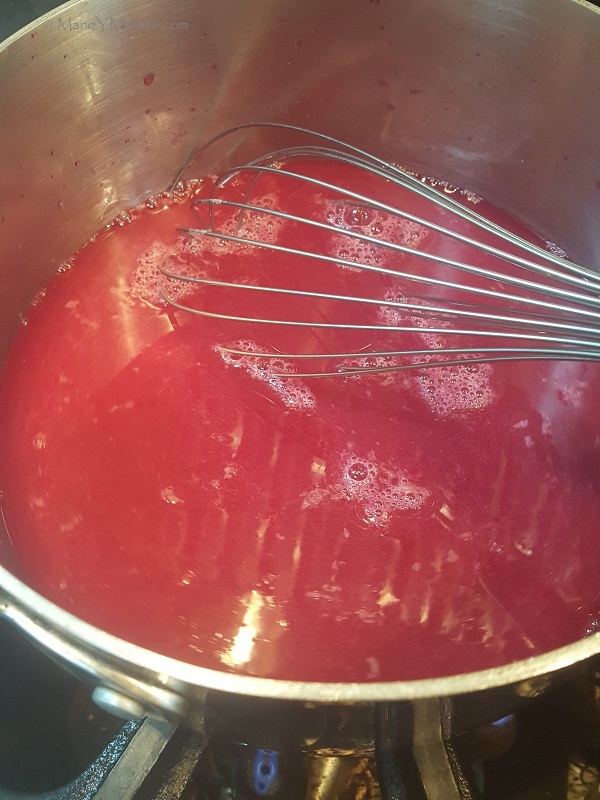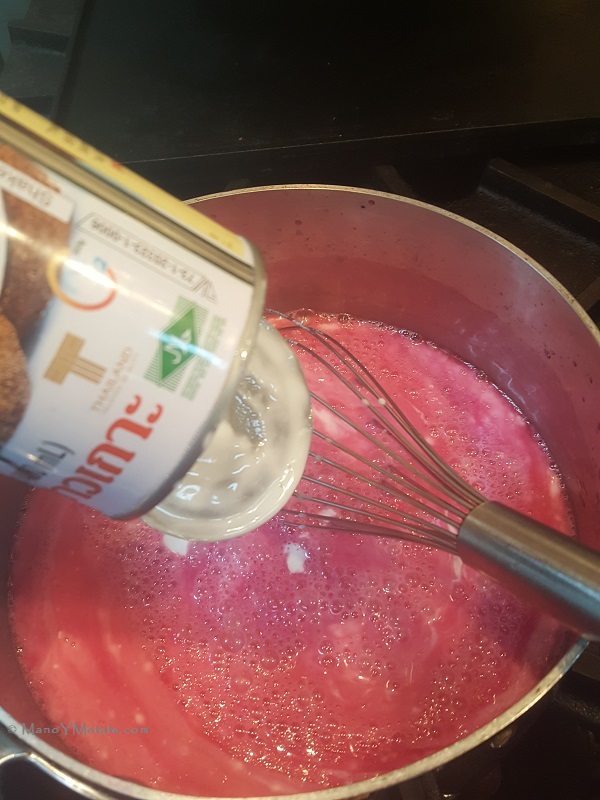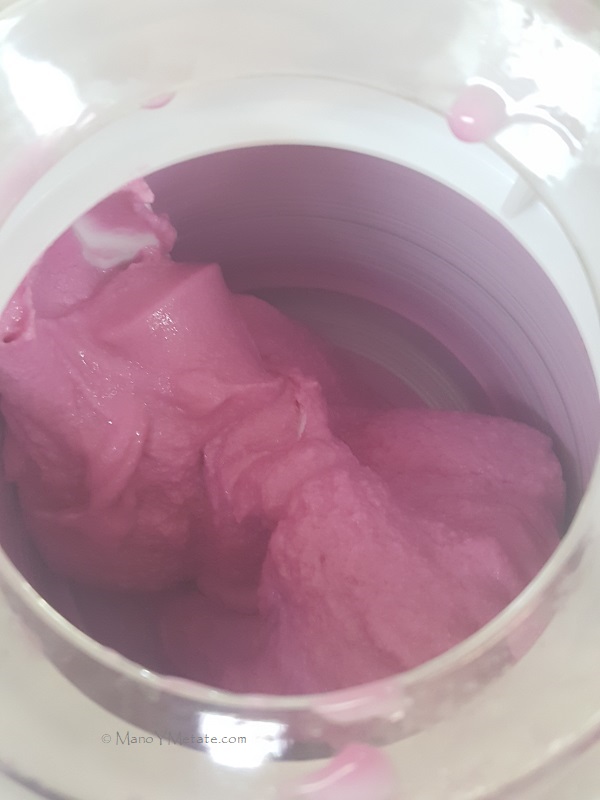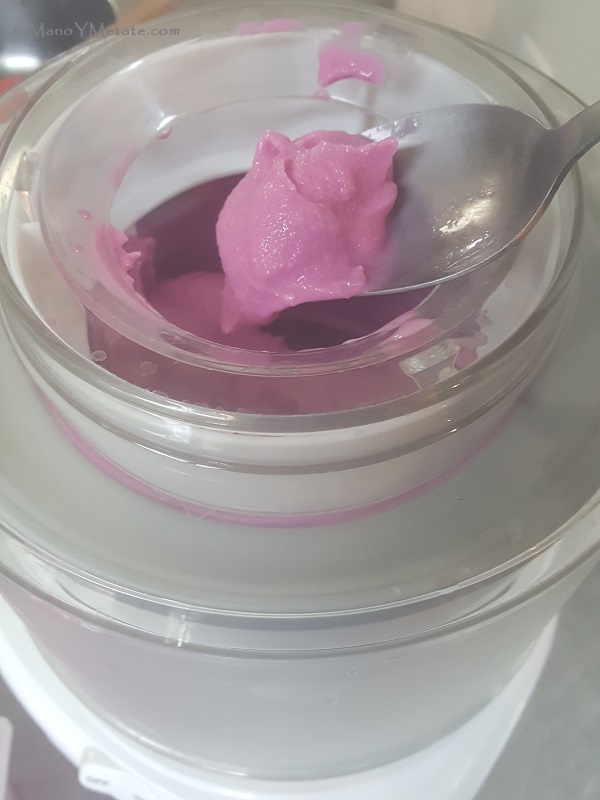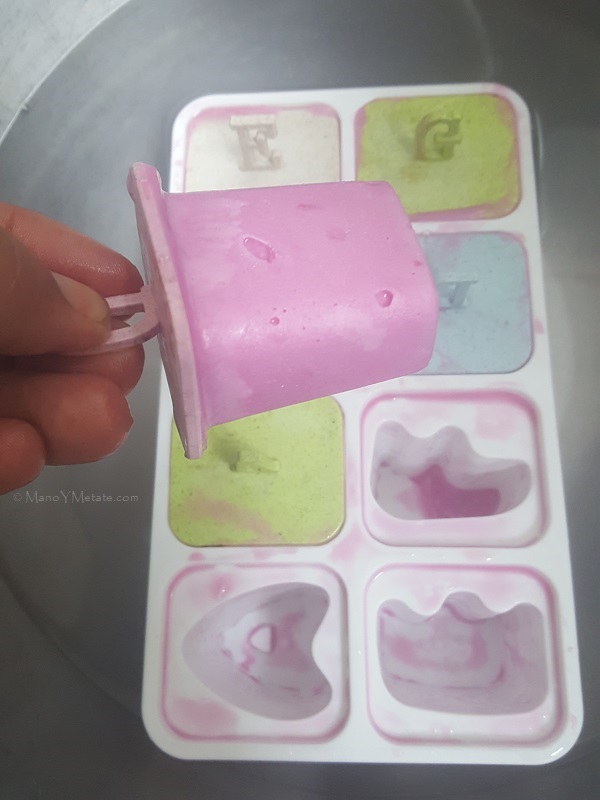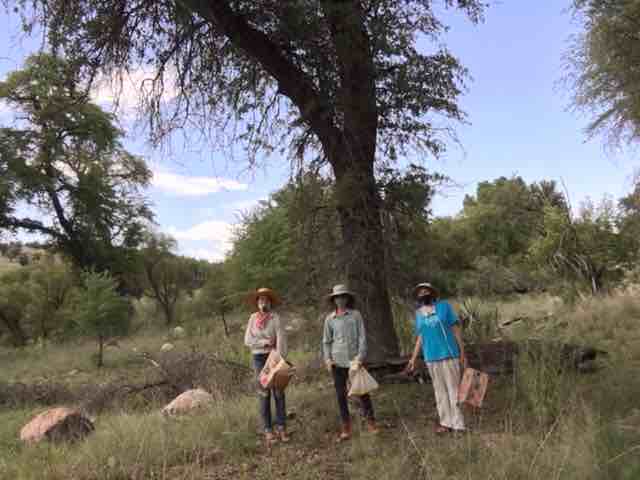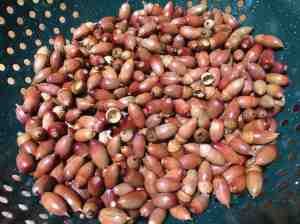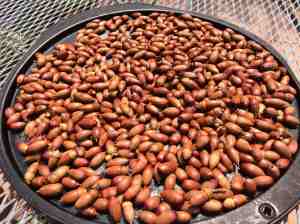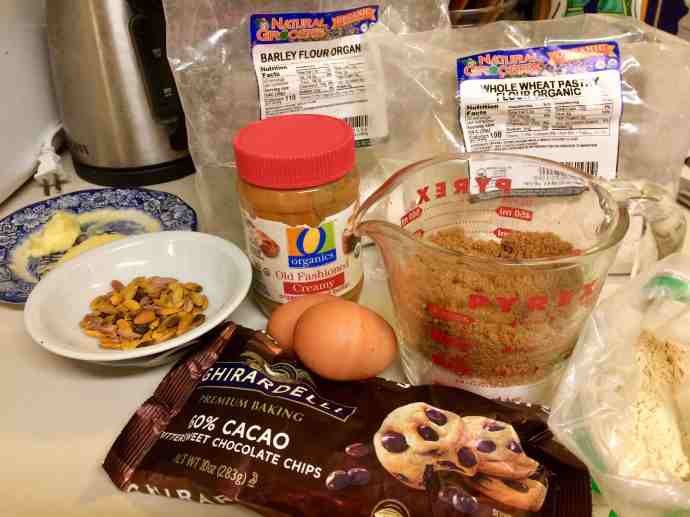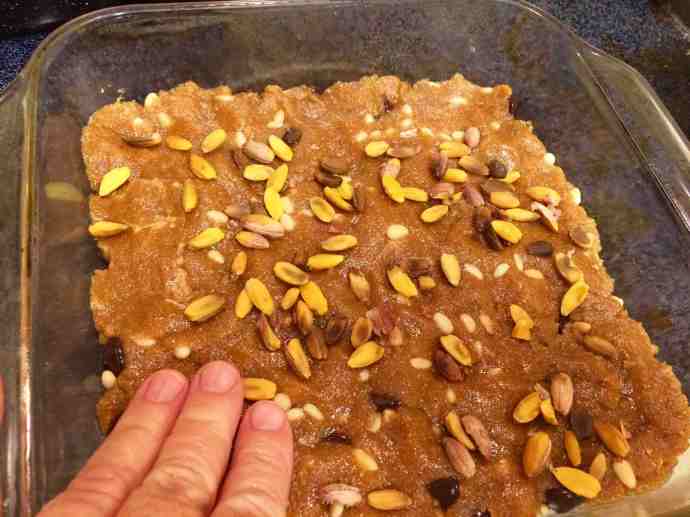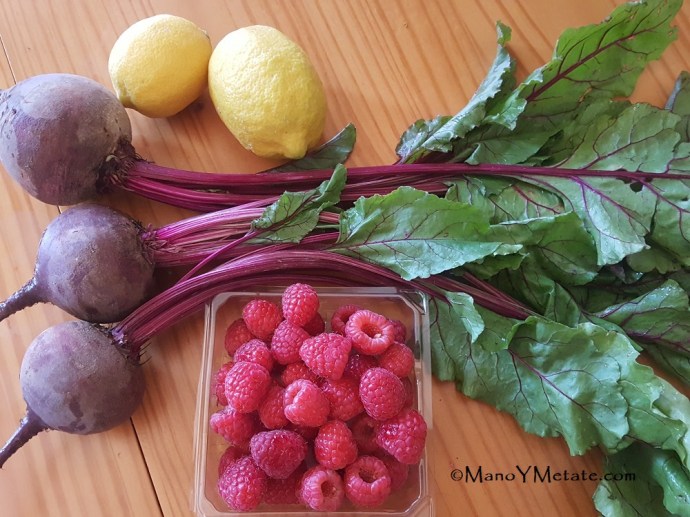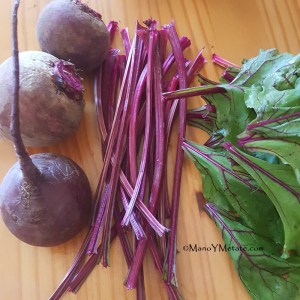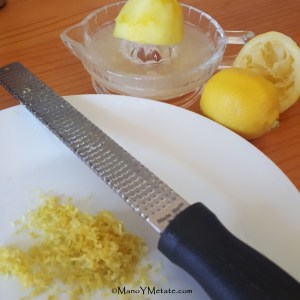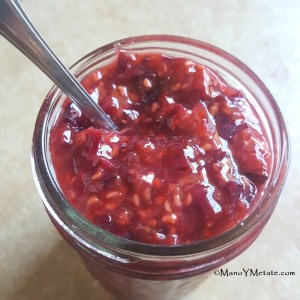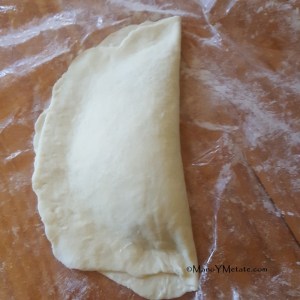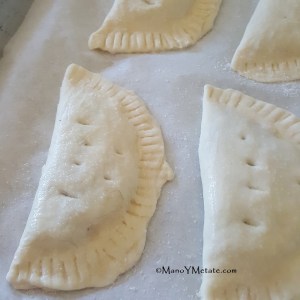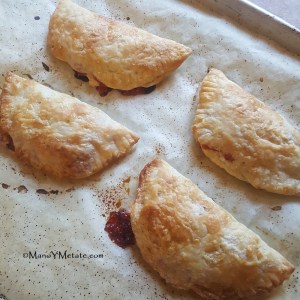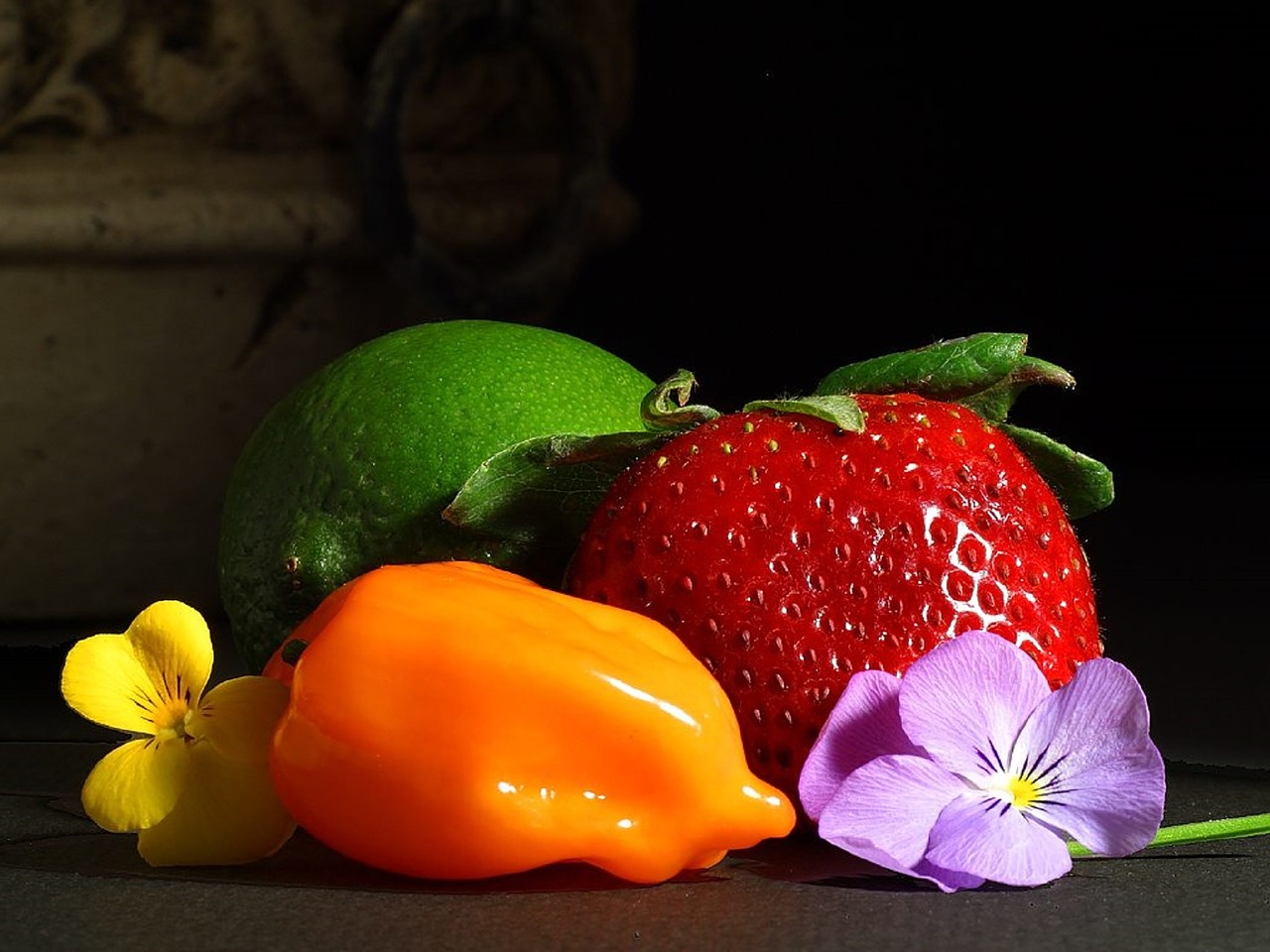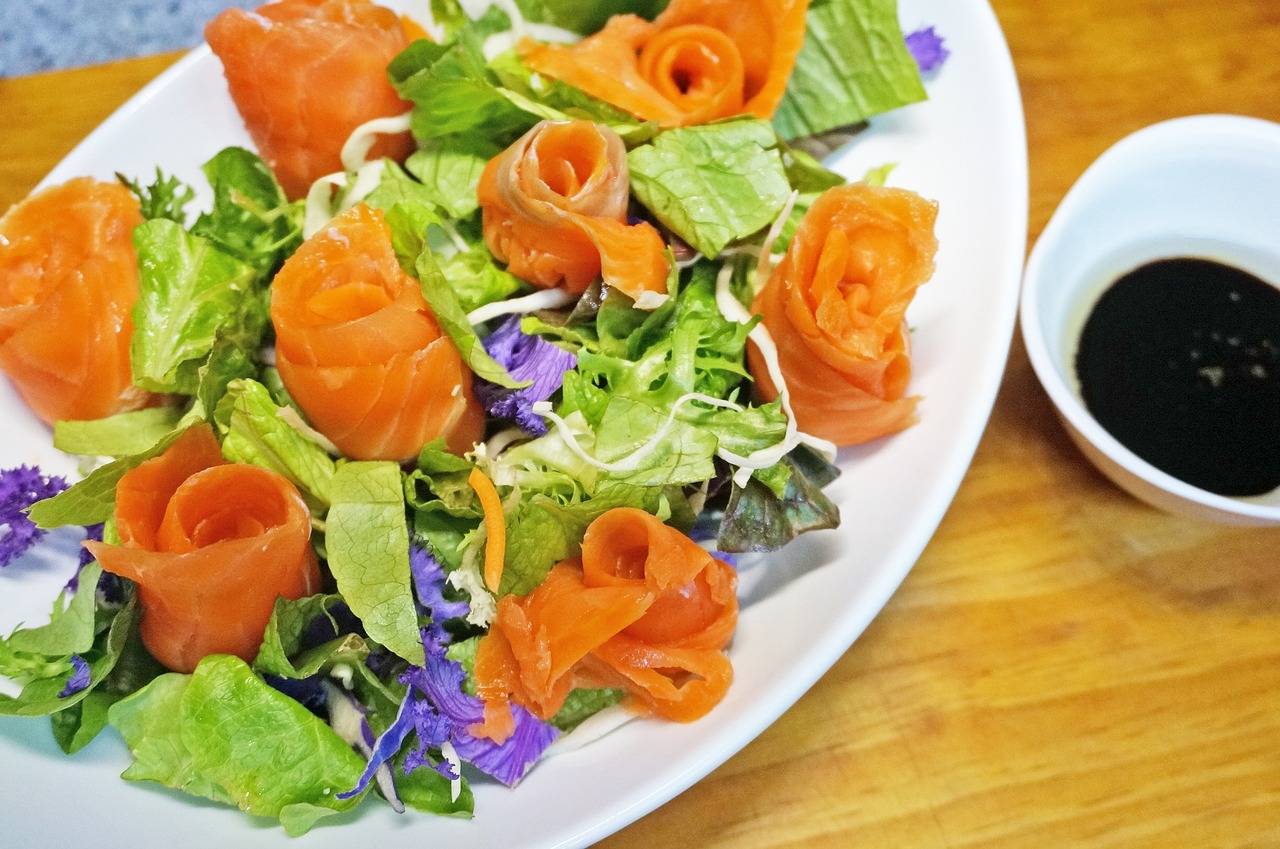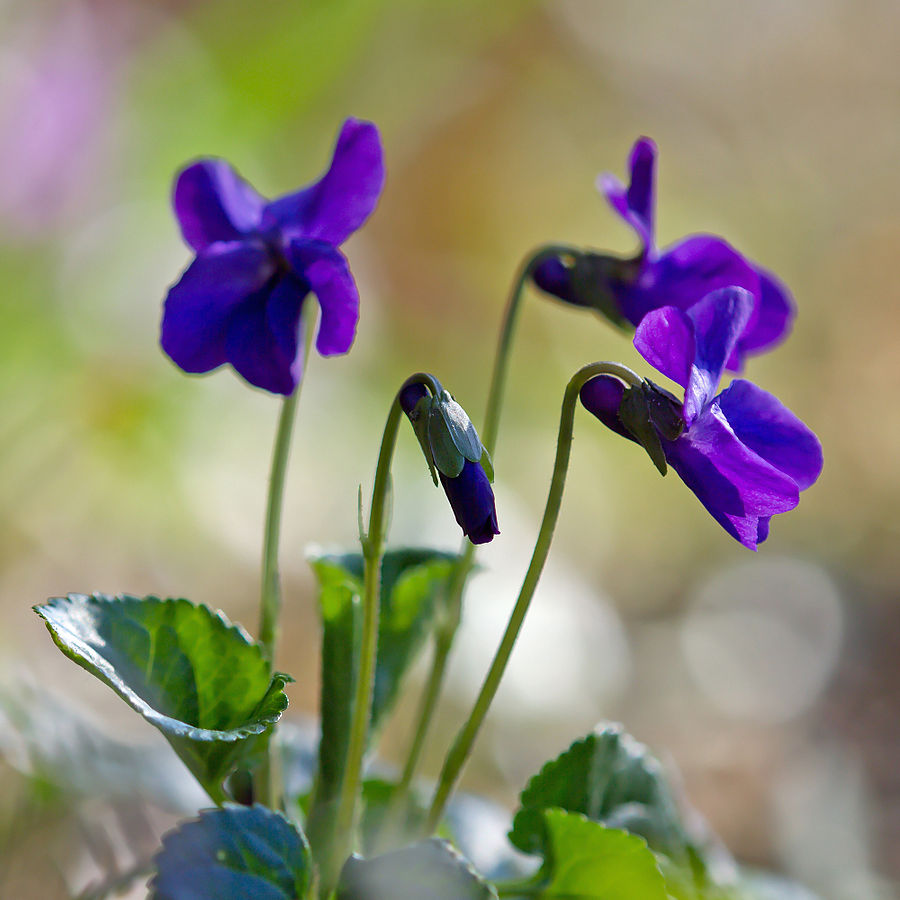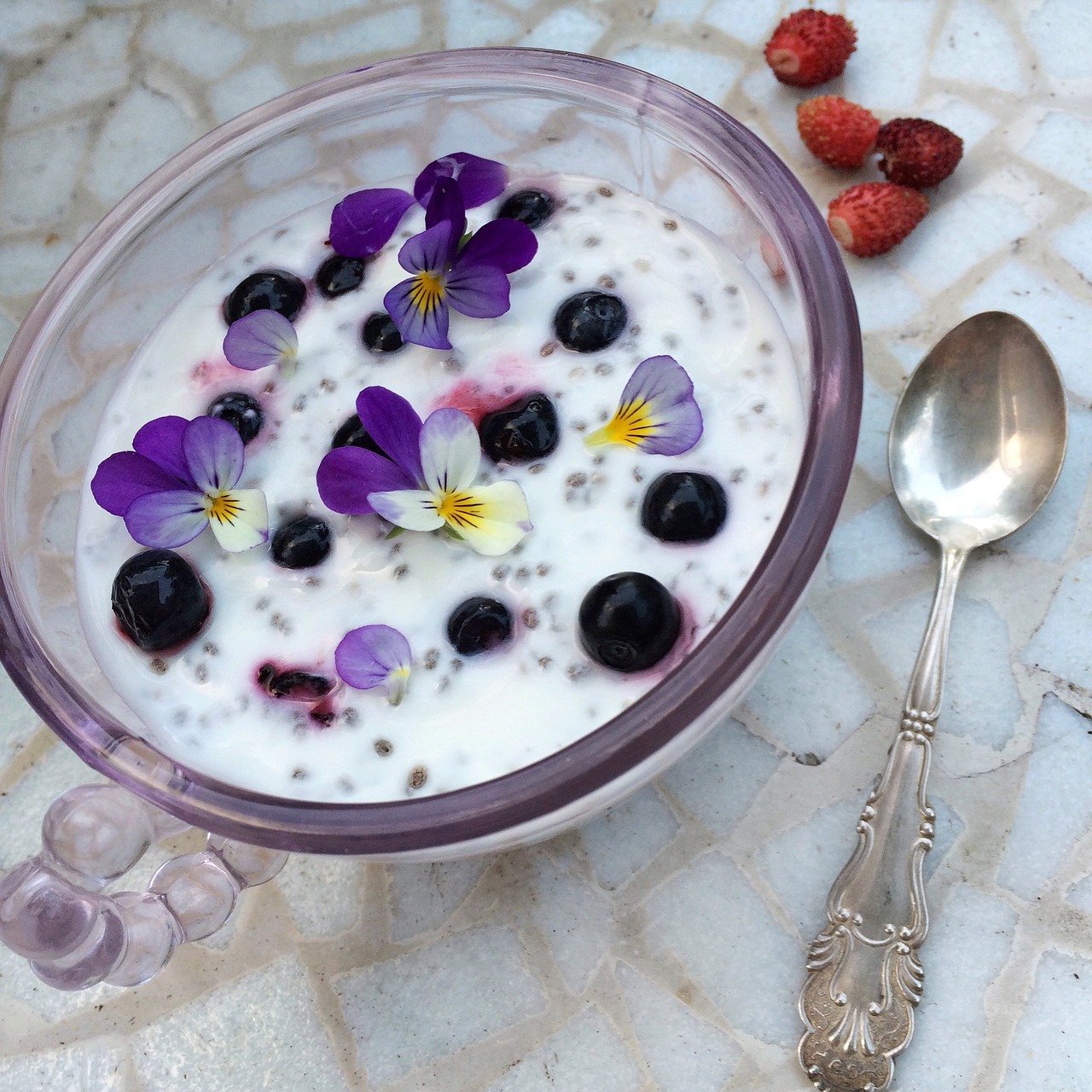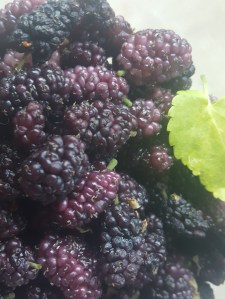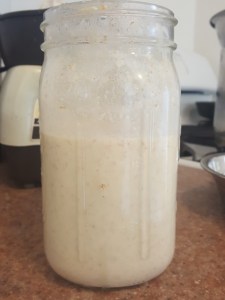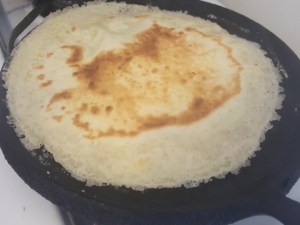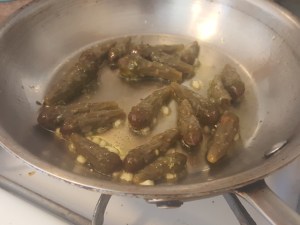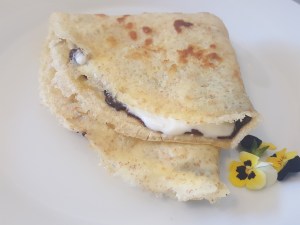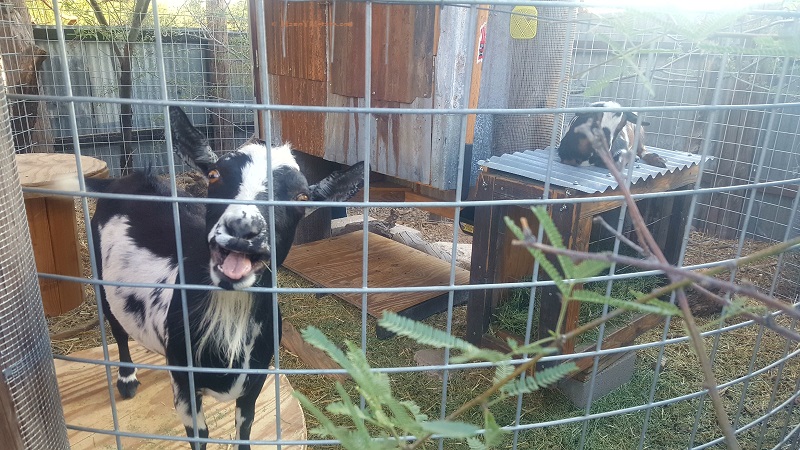
Hello friends, happy summer. Amy here, sharing a dream come true: goat sitting! Friends that were home all last year became new goat parents during quarantine, but are finally traveling and busy again. Ten years ago I co-milked a huge mama goat in my neighborhood with three other families. Eventually the goats moved to the grassland southeast of Tucson but sharing the responsibilities of milking twice a day suits me well.

Lyric is a miniature milk goat that lives a mile from my house. Her baby Skunky was born in February completely black and white, like a spotted skunk. Twice a day they go on guided foraging excursions in their urban neighborhood. Lyric is easy going, but Skunky gets stir crazy without her walks.
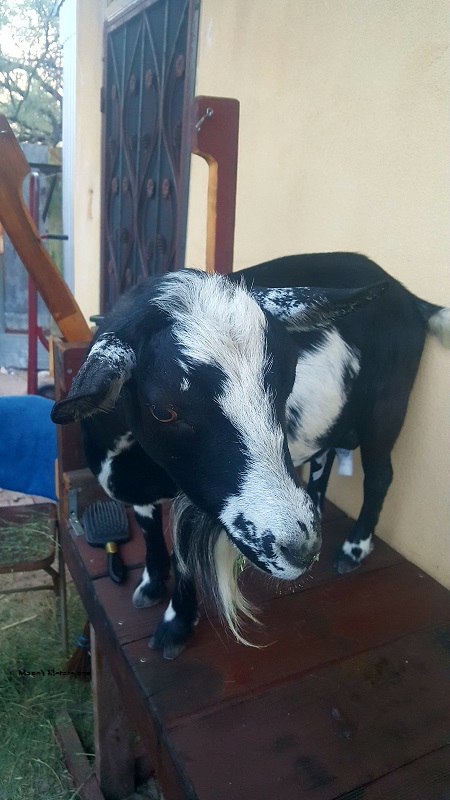
While Lyric is the easiest going goat imaginable, it still takes all my concentration and both hands to milk. I’ll have more photos someday. Lyric provides two cups twice a day, so I’m freezing it, saving up to make cheese. But a batch of ice cream only takes a pint!
I didn’t want to buy cream and I didn’t want rock hard ice milk. Wondering if I could add enough butter to make it work, I found this recipe and adapted it to make butter pecan. I started with just over 2 cups milk, a scant 3/4 cup sugar, 1/2 teaspoon vanilla powder (ground vanilla pods) and 1/8 teaspoon salt over low heat.

I separated 4 room temperature egg yolks and used the whites for another meal.
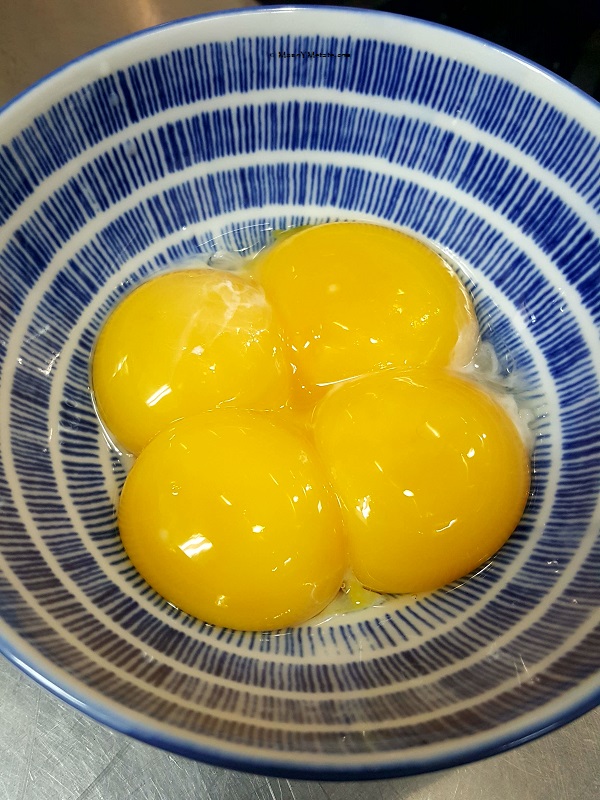
After mixing a small amount of the hot milk to the yolks, I added the mix to the pot. I stirred while heating slowly until the mixture was barely thickened. Then I strained the thin custard to remove any traces of egg white and cooled it somewhat in the refrigerator.

Meanwhile, I made the flavor. A friend from Bisbee gave me pecans from her tree.
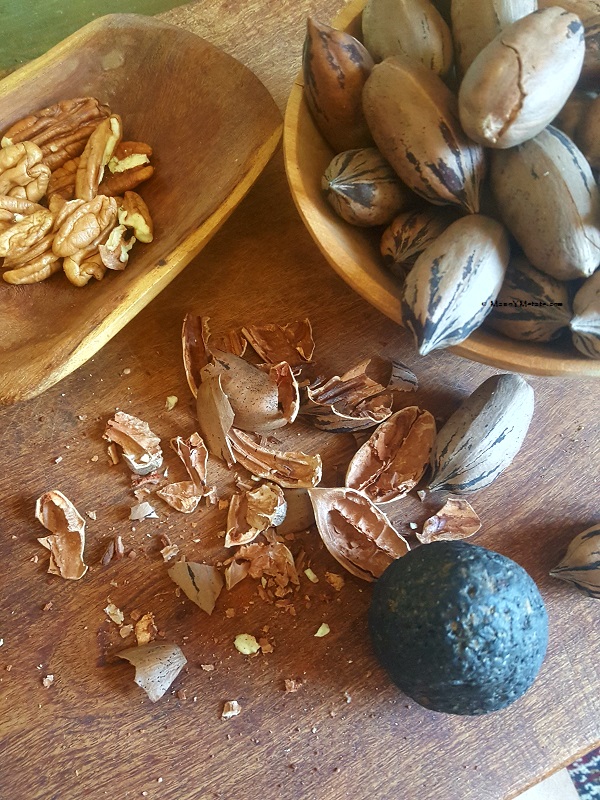
I browned 5 tablespoons unsalted butter! (Remember, this is making it like ice CREAM instead of ice MILK.) Then I added over half a cup of broken pecans to toast in the butter. Yes, it smelled as good as it looks.

I added the slightly cooled custard to the browned liquid butter.

and poured the whole into a little electric ice cream maker. Some butter did solidify into tiny bits, which remained in the finished product. But the nutty butter pieces combined with the nut pieces and it is actually a DELICIOUS result. Rich and flavorful.

Soon it firmed up to soft serve. After a time in the freezer, it made perfectly delicious, not too hard. ice cream.
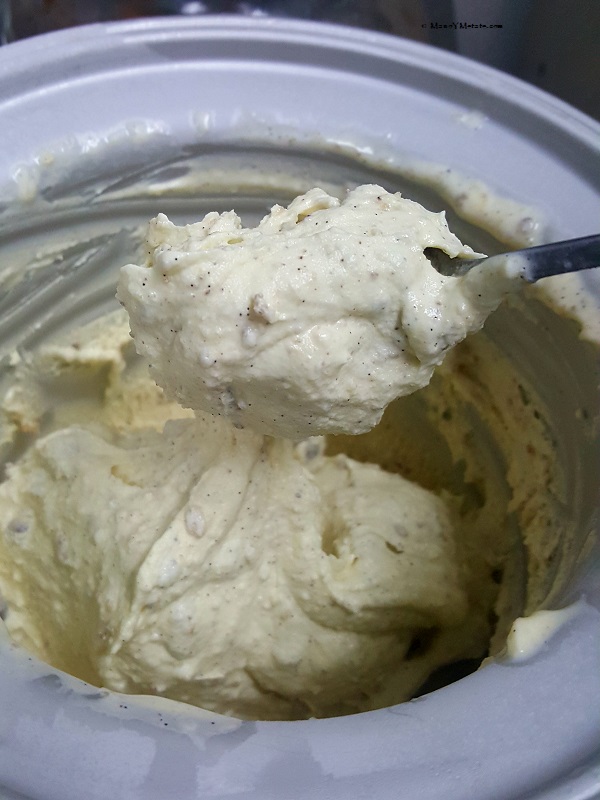
Enjoy!


